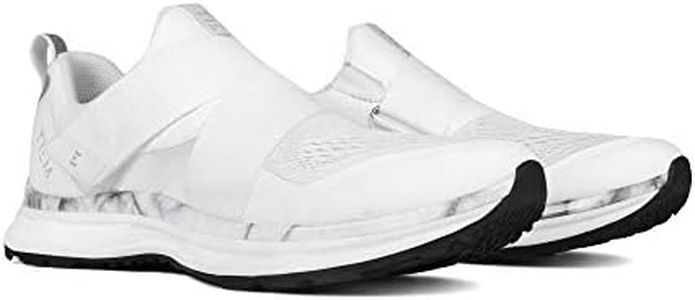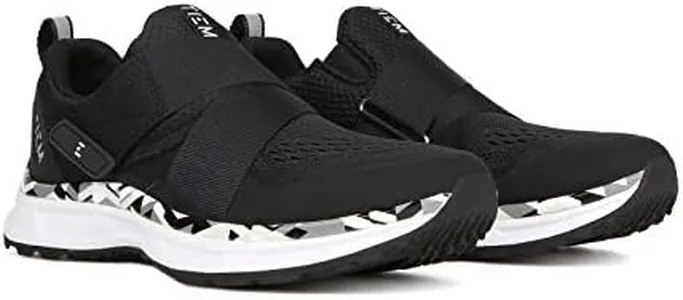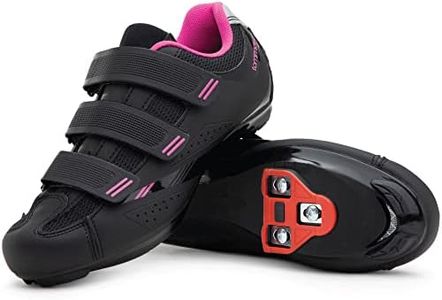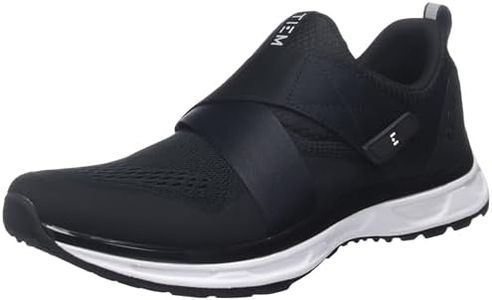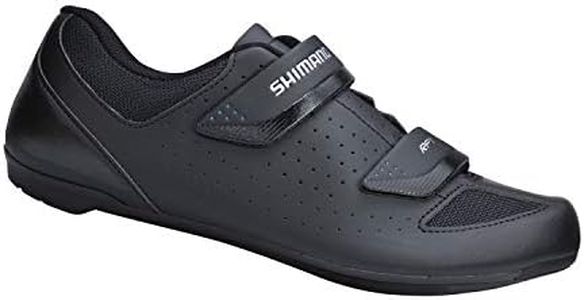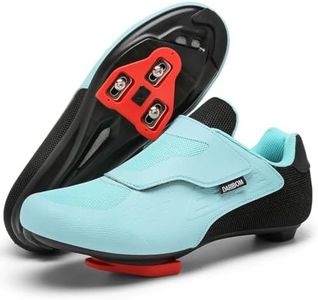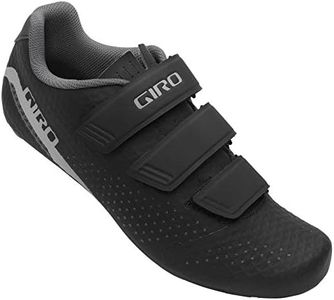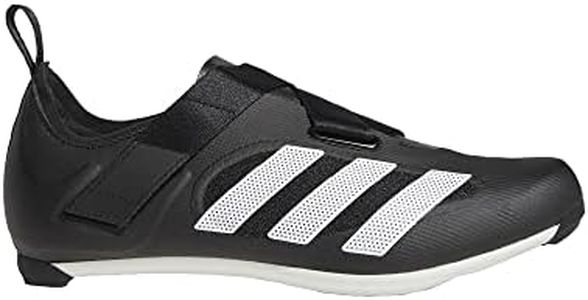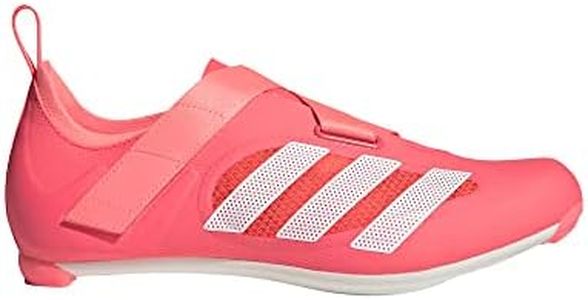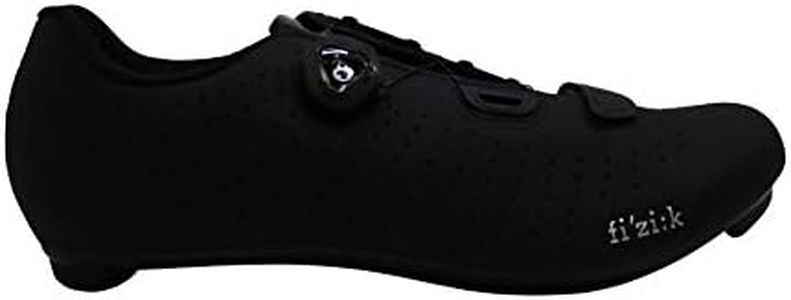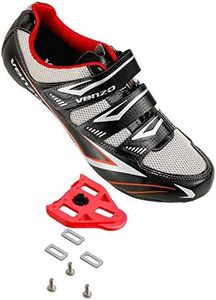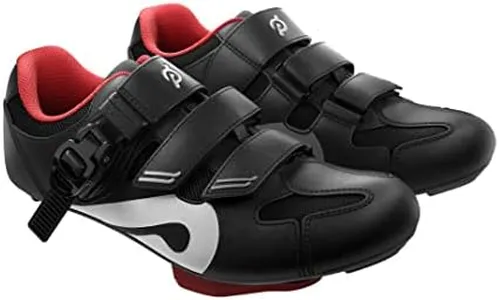We Use CookiesWe use cookies to enhance the security, performance,
functionality and for analytical and promotional activities. By continuing to browse this site you
are agreeing to our privacy policy
10 Best Indoor Cycling Shoes
From leading brands and best sellers available on the web.Buying Guide for the Best Indoor Cycling Shoes
Indoor cycling shoes are an important part of a successful and comfortable workout routine, especially for people who use spin bikes or stationary cycle trainers. Picking the right pair not only improves your ride efficiency but also maximizes comfort and helps prevent foot fatigue. When choosing indoor cycling shoes, it’s important to think about your workout habits, comfort preferences, and the technical requirements of your cycling equipment. Knowing the main features of cycling shoes will help you make a smart choice that matches your needs and the type of cycling you plan to do.Cleat CompatibilityCleat compatibility refers to whether the shoes work with the type of pedal system your bike uses. The two main systems are SPD (two-hole) and Look Delta (three-hole), with many gym and indoor bikes supporting either. This is crucial because your shoes must match your bike pedals so you can clip in securely. If you take cycling classes at a studio, check which system their bikes use. For home setups, check your pedals or consider buying shoes that work with convertible or multiple cleat types for flexibility.
Closure SystemThe closure system is how the shoe secures on your foot, such as Velcro straps, ratchet buckles, BOA dials, or traditional laces. The closure system affects how snug and adjustable the fit is. Velcro straps are easy to use and adjust mid-ride, ratchet buckles and BOA dials offer precise tightening, and laces can give a custom fit but may be harder to adjust during a workout. If you want quick and easy changes or take shoes on and off often, favor Velcro or dials, but if a fine-tuned fit is more important, ratchets or laces might suit you.
Sole RigiditySole rigidity describes how stiff the bottom of the shoe is. Stiffer soles transfer more of your pedaling power to the bike, making for a more efficient ride, while more flexible soles are often more comfortable, especially if you plan to walk in the shoes. Performance-focused riders and people who sprint or ride intensely often prefer stiffer shoes, while beginners or casual riders may appreciate a little more comfort from flex. If your rides are long and tough, go for a stiff sole, but if you’re mixing cycling with other activities, choose something with a bit of flex.
Breathability and MaterialBreathability is about how well air flows through the shoes, helping keep feet cool and sweat-free. Materials like mesh allow for more airflow, while synthetic leather can be less breathable but more supportive. Consider how warm or sweaty your feet get during rides: if you do intense workouts or live in hot climates, look for shoes with plenty of ventilation. For shorter, lighter, or cooler rides, material breathability is less of a concern.
Fit and ComfortFit and comfort are highly individual and refer to how well the shoe matches the shape of your foot and how comfortable it feels during use. Shoes that are too tight can cause pain, while those that are too loose can affect performance. It’s important to try them on if possible or check sizing charts and reviews online. If you have wide or narrow feet, look for brands that accommodate your foot shape. Prioritize comfort for longer rides or frequent use, and always allow for a little extra room to avoid pinching.
WeightThe weight of indoor cycling shoes can affect how they feel as you pedal, with lighter shoes generally making for a more natural and efficient motion. However, the weight difference for most people is minimal. Weight matters most if you’re a serious cyclist aiming for peak performance, but for typical indoor cycling, prioritize fit and comfort over shedding a few extra grams.
